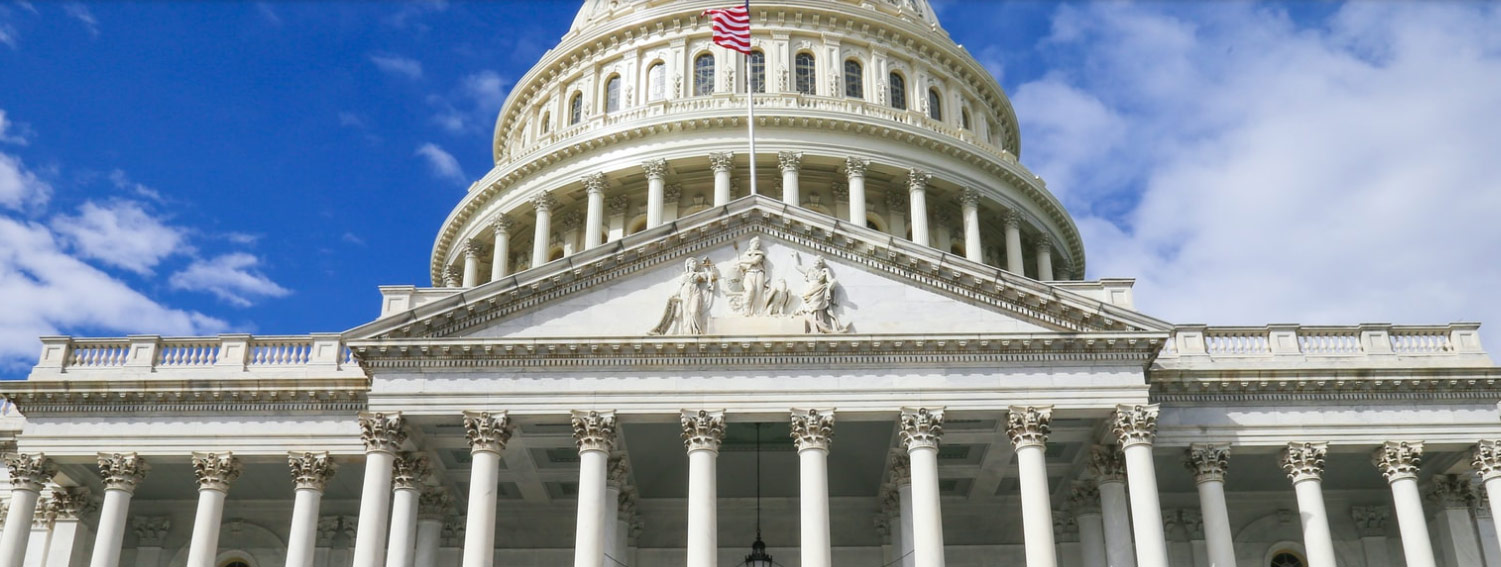The Hidden Trap in PPP

For many restaurants, child care centers and other labor-intensive businesses, the Paycheck Protection Program’s payroll maintenance requirements may prove a bridge too far in providing relief to many devastated businesses.
On Thursday, the House of Representatives joined the Senate in passing the third coronavirus relief package, this time with $321 billion in new funding for the Paycheck Protection Program (“PPP”). Hailed by many lawmakers as the “small business rescue fund,” the PPP has come under fire in recent weeks due to the high number of large and public companies who have been able to receive loans during the first iteration of the program. In response, the Treasury Department attempted to tighten restrictions on funding by emphasizing that PPP loans should only go to those businesses that need them to fund their current operations and that more financially stable and public companies should repay their PPP loans within two weeks.
However, with all of the focus on whether PPP unfairly allows some large and public companies to participate in the program, one aspect of the program that can get overlooked is how PPP unfairly excludes certain businesses who desperately need the money. More specifically, the payroll protection portions of the PPP’s structure make it highly unlikely that many restaurants, child care centers, or other labor-intensive industries will get the same benefit as other businesses who are able to operate easier in the fact of ongoing social distancing efforts.
For a restaurant industry that is projected to lose up to $225 billion and 7 million jobs in just the next three months, and a child and family care sector that projects to permanently lose about 30% of its capacity in the next month without immediate financial relief, this means losing one more tool to survive the current epidemic in an already depleted toolbox. Both of these industries will also have an outsized effect on young people, working professionals, and others who either work for or rely on these businesses to help support one or more aspects of their lives.
A key provision that makes PPP so attractive to businesses is that the money is specifically intended to support payroll and other basic operating expenses. So long as this money is used for these purposes and the business is able to ensure that it either maintains or restores its payroll to 100% of pre-epidemic levels, the PPP loan may be forgiven and will essentially be treated by a business as otherwise “free money.”
But for restaurants, child care centers, and other labor-intensive industries, not only did they experience a tremendous level of layoffs once the virus it, but demand for their products or services has greatly diminished as well. In many states, restaurants are prohibited from hosting dine-in customers and many child care centers have been ordered closed as a result of various state government lockdown orders.
Thus, even when the government finally permits these establishments to fully open up again, it is unclear what the demand will be immediately for their services. Additionally, most states are likely to require some sort of social distancing to continue, resulting in fewer customers, lower capacity, and less need for a return to pre-COVID19 staffing levels.
For businesses that receive a PPP loan and are unable to meet the “payroll protection” requirements, no portion of the PPP loan will be forgiven. Instead, these businesses will need to pay off these loans, with interest, in just two years. While this interest rate is low and there is no other collateral requirement to obtaining these loans (for example, business owners are not required to personally guarantee a PPP loan or provide other collateral like a mortgage to support the extension of credit), at best it puts these industries at a disadvantage to other industries and at worst may make PPP financing unattractive altogether.
